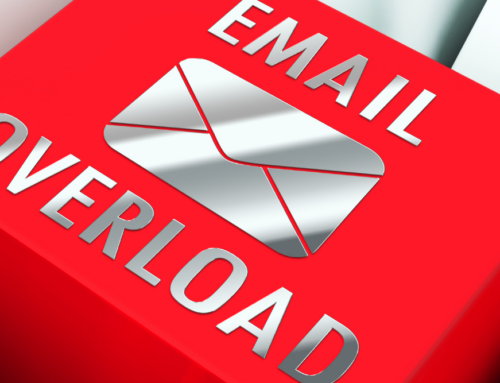Kristina and I are on the verge of deleting about 10,000 people from our email list here at Nonprofit Marketing Guide. It’s the same exercise we went through last year when we removed about 15,000 people.
Since then, several people have asked me to help them better explain why this actually makes sense, especially from a nonprofit’s perspective.
After all, don’t you want the largest email list possible? Since the financial cost of sending is so low, why not leave everyone on the list, even if they haven’t opened an email in a year? Maybe they will someday and will donate / volunteer / insert-your-call-to-action-here!
Here’s why it makes sense to identify those who are no longer engaged with your list, to give them a few clear and final chances with a re-engagement campaign, and then to delete them.
1. Your open rate is probably not as bad as you think it is.
Having huge numbers of unengaged people on your list distorts what your open rate really is.
Let’s say you have 10,000 people on your mailing list and your current open rate is 12%. In other words, on average 1,200 people are opening your emails. That’s not a good open rate, by any reasonable benchmark for the sector.
But let’s say you take a look at your unengaged list, which you decide to define as “hasn’t opened or clicked on an email in 6 months.” You discover that a full 40% of your list — 4,000 people — fit that definition. (That is not a wacky number. People who do this for the first time often see 30-50% unengaged rates.)
You export them out of your database and into a file you archive somewhere because you just can’t bear to totally delete them from your records. Now your list is 6,000, and those 1,200 people keep on opening. That makes your open rate 20%. You are back into respectable territory — and really, you were there the whole time, but you couldn’t tell.
2. The unengaged are more likely to tag you as a spammer.
If people aren’t regularly opening your emails, odds are good that they will at some point tag your email as spam. That’s the last thing you want to happen. It’s so much better for them to unsubscribe themselves, or for you to do it for them by deleting them from your list. After all, they’ve shown no real indication they still want to be there.
3. You’ll improve your sending reputation. (This is really the most important point.)
Want to stay out the spam filter in the first place, and get your emails delivered quickly? You need to build your sender reputation. That’s right — you have a reputation! To help protect us all from spammers, the email companies track the sending reputation of IP addresses and domains. The best place to find yours is by asking the company that sends your email for you (e.g. Mail Chimp, Constant Contact, etc.) how you are doing.
It’s all about points #1 and #2. Your engagement rate — which is usually defined by your opens and clicks — is part of the scoring, along with other metrics of your list health, like spam complaints and bounce rate.
Sender reputation will only get more important as time goes on. You want an engaged list. Your unengaged people aren’t just sitting there in neutral — they could actually be holding you back and hurting you long term.
4. You can focus on the people who really matter.
A lot of unengaged people not only dilute your engagement rate, but they also cloud the picture around what messaging is working and what’s not. Once you know who’s engaged and who’s not, you can invest more time in getting to know the engaged group using tools like surveys and tracking open and click rates on various topics, so you see what people truly care about. Give them even more of that, and your results will get even better.
5. The unengaged could be costing you money.
Email is cheap compared to print, but you are still paying based on the size of your list and how many emails you send. Why pay to email people who aren’t responding?
We are doing this big purge annually when we release our Nonprofit Communications Trends Report, because we’ve found it’s great for engagement. If you haven’t been opening our emails, and you don’t want that report, and you are not interested in a free webinar or two we usually do around this time of year, you really don’t belong on our list.
Want more? I discussed how to break down the engagement levels of your email list even further in this post.
Let us know how the conversations about cleaning up your lists go!





